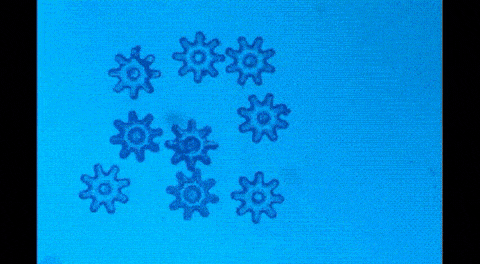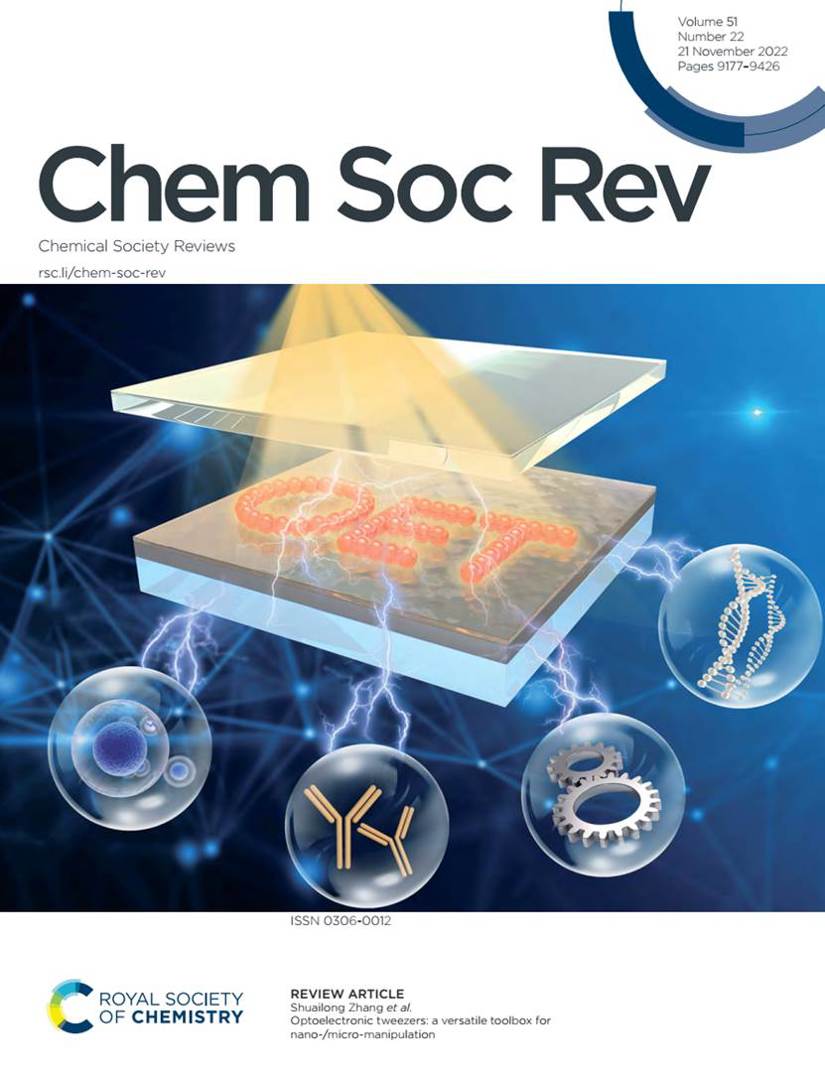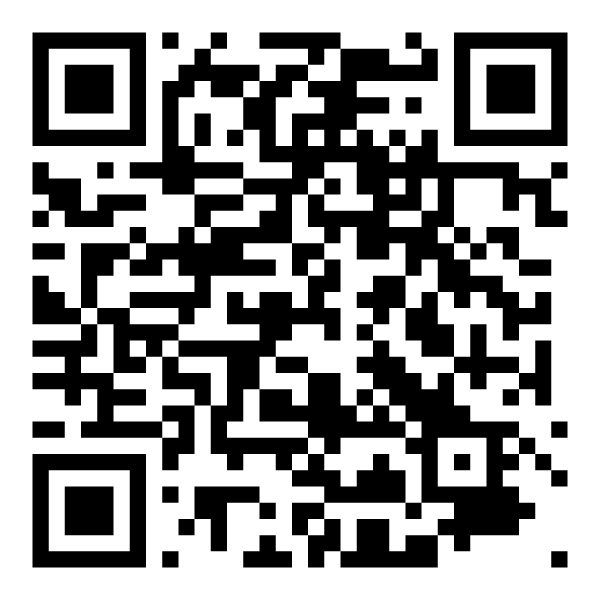In modern science, a technology that harnesses the combined power of light and electricity to manipulate microscopic objects—Optoelectronic Tweezers (OET)—stands as a marvel. With pivotal applications across physics, biology, chemistry, and materials science, OET surpasses traditional optical tweezers by leveraging electric fields for precise and flexible control, accelerating breakthroughs in micro-nanoscale research.
I. How OET Works
OET utilizes a photoconductive layer on its substrate. When illuminated, this layer generates electron-hole pairs, increasing conductivity and creating localized impedance gradients. These gradients produce non-uniform electric fields that manipulate micro-objects. Programmable light patterns enable parallel control of multiple particles, making OET indispensable in micro-nano science.
II. Applications
Biological Domains
- Cell Sorting & Analysis: Isolating, classifying, and characterizing cells.
- Cell Electroporation: Facilitating targeted drug/gene delivery.
- Biofabrication: Assembling cells into customized 3D structures for tissue engineering and regenerative medicine.


Non-Biological Domains
- Micro-Robotics: Guiding microstructures along custom paths for parallel task execution.
Lab-on-a-Chip Integration: Controlling particles within microfluidic systems for complex bio/chemical assays
III. Challenges & Future Directions
Despite its strengths, OET faces hurdles in nanoscale precision and stability—particularly with nanoparticles susceptible to temperature shifts or electrical noise. Current photoconductive materials also limit efficiency, demanding new engineered materials to enhance optoelectronic conversion.
Future priorities include:
- Developing advanced photoconductive substrates.
- Optimizing dynamic control algorithms.
- Expanding biomedical applications (e.g., single-cell surgery).
- Engineering multifunctional micro-robots for clinical use.
Refer to the comprehensive review co-authored by Optoseeker's Chief Scientist Professor Shuailong Zhang and OET inventor Professor Ming Wu, published in Nature Portfolio's top-tier journal:"Optoelectronic tweezers: a versatile toolbox for nano-/micro-manipulation."

Chem. Soc. Rev., 2022, 51, 9203–9242







